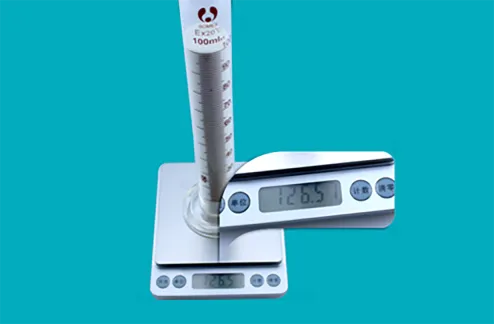
Dec . 09, 2024 17:33 Back to list
Comparison of Various HPMC Grades and Their Applications in Industry
Understanding Different Grades of HPMC A Comprehensive Overview
Hydroxypropyl Methylcellulose (HPMC) is a cellulose ether that finds extensive use in various industries, including pharmaceuticals, food, cosmetics, and construction. It is a versatile polymer, known for its thickening and stabilizing properties, as well as its role as an emulsifier and film-forming agent. Since HPMC comes in various grades, understanding the differences between these grades is essential for selecting the right type for specific applications.
The Anatomy of HPMC Grades
HPMC grades are primarily distinguished by their viscosity, degree of substitution, and molecular weight. The viscosity indicates how thick a solution will be when HPMC is dissolved in water, while the degree of substitution refers to the number of hydroxyl groups replaced by hydroxypropyl and methyl groups during synthesis. These factors significantly influence the performance characteristics of HPMC in different settings.
1. Viscosity HPMC grades are available in various viscosity levels, typically ranging from low to high. Low-viscosity HPMC is often used in applications where a thin solution is required, such as in spray-dried formulations or as a binder in tablet production. High-viscosity grades provide enhanced thickening capabilities, making them suitable for products like gels and pastes, where consistency plays a crucial role.
2. Degree of Substitution The degree of substitution in HPMC can vary, affecting the solubility and gelation properties. For instance, a higher degree of substitution generally leads to higher water solubility, which is essential for applications like pharmaceuticals—particularly in controlled-release formulations. Conversely, lower substitution degrees might be preferred in applications where slower dissolution is advantageous.
3. Molecular Weight The molecular weight of HPMC also varies by grade, influencing its mechanical properties and stability. Higher molecular weight HPMC can provide better film-forming characteristics, making it a favored choice in coatings and edible films. On the other hand, lower molecular weight grades might be utilized in applications requiring rapid dissolvability or easy dispersion.
Applications Based on HPMC Grades
different grades of hpmc

The selection of HPMC grades is crucial for achieving desired outcomes in different applications
- Pharmaceuticals In the pharmaceutical industry, HPMC is often used as a binder and thickener in tablets and capsules. High-viscosity grades are particularly effective in controlled-release formulations, while lower-viscosity grades are used in immediate-release products. The degree of substitution is also a consideration, as it can impact the rate at which the active ingredient is released into the bloodstream.
- Food Industry HPMC serves as a thickening agent in various food products, offering textural improvements and stability. In this context, low-viscosity grades are commonly employed in sauces and dressings, while high-viscosity grades may be utilized in dairy products and bakery items to enhance creaminess and moisture retention.
- Cosmetics In cosmetics, HPMC’s film-forming and thickening properties are harnessed in lotions and creams. Its ability to stabilize emulsions makes it a popular component in cosmetic formulations, ensuring that products maintain their intended texture and performance over time.
- Construction HPMC is also used in construction materials, particularly in tile adhesives, plasters, and joint compounds. The polymer enhances workability and provides water retention, which is crucial for the curing and adhesion of materials.
Conclusion
Understanding the differences between various grades of Hydroxypropyl Methylcellulose (HPMC) is essential for optimizing its use across multiple industries. The critical parameters of viscosity, degree of substitution, and molecular weight enable manufacturers to tailor their formulations for specific applications, ensuring the right properties are achieved. By selecting the appropriate grade of HPMC, industries can enhance product performance, improve stability, and deliver superior results to consumers. Whether in pharmaceuticals, food products, cosmetic formulations, or construction materials, HPMC continues to be a valuable ingredient across a myriad of applications.
-
Versatile Hpmc Uses in Different Industries
NewsJun.19,2025
-
Redispersible Powder's Role in Enhancing Durability of Construction Products
NewsJun.19,2025
-
Hydroxyethyl Cellulose Applications Driving Green Industrial Processes
NewsJun.19,2025
-
Exploring Different Redispersible Polymer Powder
NewsJun.19,2025
-
Choosing the Right Mortar Bonding Agent
NewsJun.19,2025
-
Applications and Significance of China Hpmc in Modern Industries
NewsJun.19,2025







